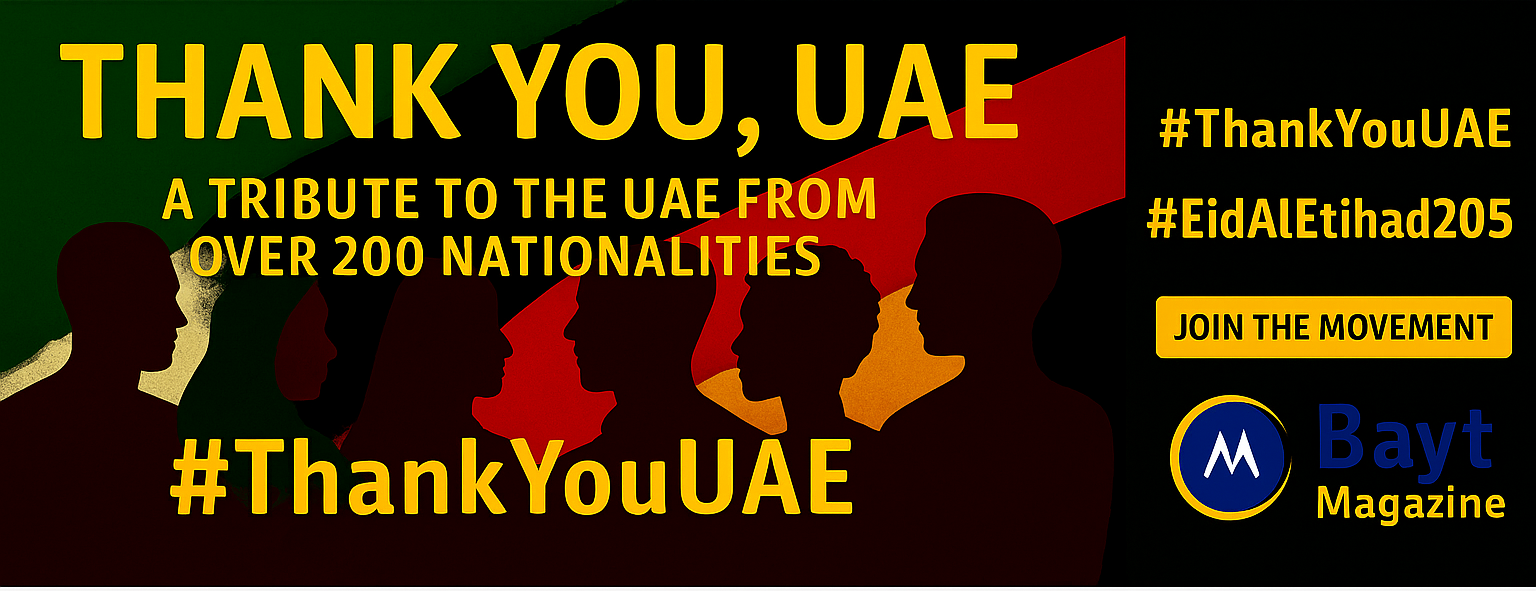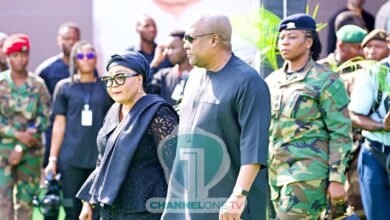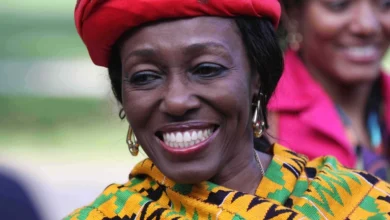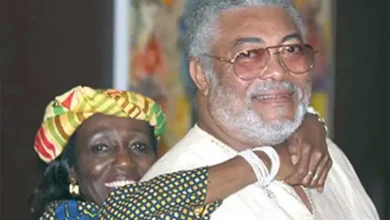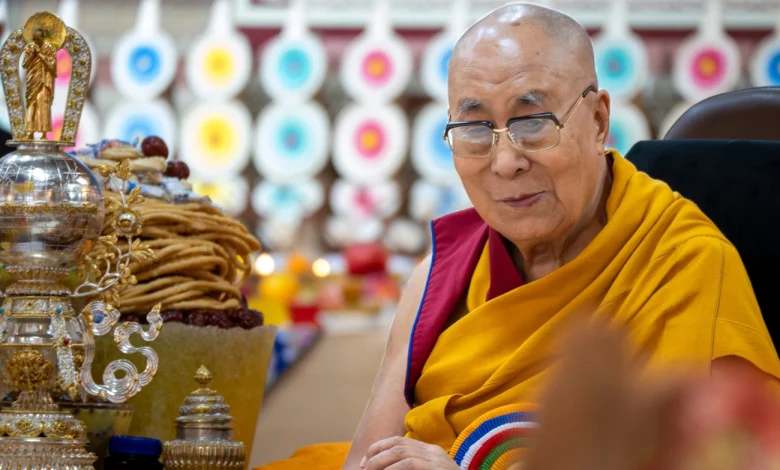
Dalai Lama Reveals Sacred Process for Choosing Next Successor
The Dalai Lama has finally answered a long-standing question about who will succeed him and how the selection will happen. The spiritual leader declared that the centuries-old institution bearing his name will continue after his death. The Nobel Peace Laureate put all speculation to rest in a video message just before his 90th birthday, confirming he won’t be the last in a lineage that goes back centuries.
The Gaden Phodrang Trust will have exclusive rights to identify his reincarnation. This stands in direct opposition to China’s claim that only they can choose his successor. The Dalai Lama’s vision for his successor breaks from tradition. The next spiritual leader might be an adult and could be someone other than a male. His book “Voice for the Voiceless” makes it clear that the new Dalai Lama will be born outside China “in the free world”.
The Dalai Lama escaped Tibet in 1959 when an uprising against Chinese control failed. He found refuge in Dharamshala, India, where he set up a government in exile. Tibetan tradition says the Dalai Lama returns through reincarnation – the religious leader’s spirit enters another person’s body after death. This sacred process has now become the focus of a geopolitical conflict that goes way beyond religious practices.
Dalai Lama Declares Continuation of Reincarnation Tradition
Image Source: NPR
The Dalai Lama’s decisive announcement signals a turning point for Tibetan Buddhism. He confirmed that his centuries-old institution will continue after his death. This declaration puts an end to years of speculation about him being the last in a 600-year-old lineage.
The 90th Birthday Announcement
The Tibetan spiritual leader shared a historic video message at a religious gathering in Dharamshala, India, just days before his 90th birthday celebrations. Buddhist scholars and revered monks from all corners of the world gathered at this three-day religious conference to take part in the birthday celebrations.
Several groups appealed to the Dalai Lama in the last 14 years to influence his decision:
- Leaders of Tibet’s spiritual traditions
- Members of the Tibetan parliament and government in exile
- Buddhists from the Himalayan region, Mongolia, Russia, and parts of China
“In particular, I have received messages through various channels from Tibetans in Tibet making the same appeal,” he stated in his video address. “In accordance with all these requests, I am affirming that the institution of the Dalai Lama will continue,” he added. More than 100 monks responded with applause and cheers.
Gaden Phodrang Trust’s Exclusive Authority
The Dalai Lama named the Gaden Phodrang Trust as the only legitimate body to identify his successor. This non-profit organization, which he established in 2015, will maintain and support the Dalai Lama’s tradition and institution.
“The Gaden Phodrang Trust has sole authority to recognize the future reincarnation; no one else has any such authority to interfere in this matter,” he emphasized. His statement directly challenges China’s claim as the sole authority to approve the next Dalai Lama.
The spiritual leader mandated that the trust must consult with “the various heads of the Tibetan Buddhist traditions and the reliable oath-bound Dharma Protectors who are linked inseparably to the lineage of the Dalai Lamas”. They should “carry out the procedures of search and recognition in accordance with past tradition,” he instructed.
Written Instructions to Be Left Behind
The Dalai Lama’s statement from September 24, 2011, indicated his plans to consult high Lamas of Tibetan Buddhist traditions, the Tibetan public, and other concerned followers of Tibetan Buddhism at age 90. He wanted to assess whether the Dalai Lama’s institution should continue.
He mentioned leaving “clear written instructions” if the reincarnation were to continue. Samdhong Rinpoche, the trust’s second-most-senior leader, clarified on Wednesday that these written instructions haven’t been provided yet.
“When the time comes, he will give instructions,” Samdhong Rinpoche said. He noted the Dalai Lama’s good health and his expressed intention to live many more years. Officials close to the spiritual leader indicated that clearer reincarnation instructions would come at the right time.
The announcement creates a clear framework for choosing the next Dalai Lama, though specific selection details remain undefined. This sacred tradition now has a path forward, despite China’s opposition.
How Will the Next Dalai Lama Be Chosen?
The sacred process to find the next Dalai Lama follows age-old traditions deeply rooted in Tibetan Buddhist beliefs. This mystical procedure has combined spiritual divination with rigorous testing through centuries. The goal remains simple – to find the authentic reincarnation.
Traditional Signs and Omens
The search for a Dalai Lama’s reincarnation starts after the incumbent’s death. High lamas watch for specific signs that point to the next incarnation after a period of mourning. These signs include cremation smoke patterns, the deceased’s body position, and unusual events after death. The 13th Dalai Lama’s body faced south at first, but his head tilted eastward days later. A strange fungus appeared on his shrine’s northeastern side. The lamas saw these as signs that his successor would be found in northeastern Tibet.
The Search Committee Formation
High-ranking lamas create a search committee once the original signs show up. These senior monks often visit Lhamo Latso, Tibet’s sacred lake. The lake’s visions might reveal clues about the Dalai Lama’s rebirth location. Three search teams went out to find the current 14th Dalai Lama. They headed northeast, east, and southeast based on observed visions and signs. The committee looks for young boys born around the time the previous Dalai Lama died. These children must show unusual qualities.
Testing Potential Candidates
The search committee runs several tests to confirm the true reincarnation after finding potential candidates. The most important test puts the deceased Dalai Lama’s belongings among similar items. The current Dalai Lama picked out his predecessor’s rosary, ritual drum, and walking stick correctly at age two. He also spoke in a Lhasa dialect his mother didn’t understand. He even recognized a monk from the search party who came in disguise.
Recognition and Enthronement Process
The recognition process follows these steps:
- The candidate receives formal recognition as the previous Dalai Lama’s reincarnation
- Proper authorities must approve the selection
- An enthronement ceremony marks the official succession
- The child begins deep Buddhist philosophy studies and learns leadership duties
The current Dalai Lama’s journey started in northeastern Tibet. He traveled ten weeks to reach Lhasa on October 8, 1939, where his enthronement took place. He received his new name, Tenzin Gyatso, and started his monastic education.
Several years might pass between a Dalai Lama’s death and finding his successor. This creates a significant gap while the young reincarnation grows and prepares for his role.
China Challenges the Sacred Selection Process
China’s determination to control the next Dalai Lama’s selection challenges centuries-old Tibetan traditions and sits at the core of this succession dispute.
The Golden Urn Controversy
The ‘Golden Urn’ symbolizes this ongoing controversy. The Qing dynasty introduced this method in 1792 as part of a 29-point ordinance. Chinese military forces had helped drive out Gurkha invaders, and the emperor wanted better control over Tibet’s governance. This lottery-style selection aimed to make the process of identifying reincarnated lamas more transparent. The system requires writing potential candidates’ names on ivory slips in Tibetan, Chinese, and Manchu languages before drawing them from the urn.
The current Dalai Lama rejects this method. He points out that the Manchus forced this system on Tibet without any spiritual basis. All but one of the previous Dalai Lamas avoided this selection method. The authorities merely announced the procedure but never actually used it. The 9th, 13th, and current 14th Dalai Lama came to power through traditional means.
State Religious Affairs Bureau Order No. 5
China tightened its grip in 2007 with “Order No. 5,” which carries the official title “Measures on the Management of the Reincarnation of Living Buddhas in Tibetan Buddhism.” Buddhist temples must now submit a “Reincarnation Application” before they can recognize any tulkus. The law took effect on September 1, 2007.
The government considers any reincarnations without official approval “illegal or invalid.” Four governmental bodies must approve the selection: the provincial religious affairs department, provincial government, State Administration for Religious Affairs, and State Council. An atheist Communist government that denies the existence of past and future lives now controls this deeply spiritual process.
The Panchen Lama Precedent
A disturbing example emerged in 1995 with the Panchen Lama, Tibet’s second-highest spiritual authority. Chinese authorities kidnapped six-year-old Gedhun Choekyi Nyima and his family after the Dalai Lama recognized him as the 11th Panchen Lama. No one has seen them publicly in almost 30 years.
China then installed its preferred candidate, Gyaincain Norbu, through a rigged Golden Urn ceremony. Former abbot Arjia Rinpoche later revealed that officials had stuffed cotton in their chosen candidate’s name stick to make it longer and ensure its selection. This case shows how China will even make a child disappear for decades to maintain its authority over Tibetan Buddhism’s succession.
Potential Candidates Emerge from Unexpected Places
Image Source: The New York Times
The selection of the 15th Dalai Lama presents several unique possibilities that challenge traditional approaches.
Birth Outside Chinese Control
The current Dalai Lama’s clearest message points to his successor being born beyond Beijing’s control. His March 2025 book “Voice for the Voiceless” states “The new Dalai Lama will be born in the free world.” This view strikes a chord with the Tibetan exile community, where “there is a major consensus in the diaspora that the next Dalai Lama will be from outside China.”
Historical precedents support this approach. Two previous Dalai Lamas were born outside Tibet:
- Yonten Gyatso (4th Dalai Lama) was birth took place in Mongolia in 1589
- Tsangyang Gyatso (6th Dalai Lama) came into this world in modern-day Arunachal Pradesh, India in 1682
India seems a likely birthplace for the next incarnation, with its population of about 85,000 Tibetan exiles.
Possibility of Female Successor
The current Dalai Lama has broken with tradition by stating “there could be a female Dalai Lama in the future.” His stance emphasizes that “Buddhist tradition offers equal rights for both genders.” He points out that “for over 7 centuries the highest lama institution was led by female.”
A controversy emerged in 2019 after his comment that a female successor “should be more attractive.” He later apologized and stated that “he genuinely meant no offense.”
Adult Succession Scenario
Some experts suggest an adult successor might take the place of a child. This would eliminate the long waiting period while a young reincarnation studies and matures. However, many analysts believe “the more traditional process of reincarnation is likely to prevail.”
Multiple Emanation Theory
The Dalai Lama introduced a new possibility in 2011: his successor might be an “emanation” rather than a reincarnation. This approach provides more flexibility since “a successor could be identified while the Dalai Lama is still alive.”
Columbia University’s Robert J. Barnett explains three ways to recognize emanation: “belonging to the same mind stream as his or her predecessor, having close connections through karma and prayers, or being appointed.” This concept allows a lama to have “multiple emanations during a lifetime.”
Global Powers Take Sides in Succession Dispute
Image Source: South China Morning Post
The Dalai Lama’s succession has grown into an international diplomatic issue. Major world powers now take strong positions on how to choose the next spiritual leader.
U.S. Tibet Policy and Support Act
President Donald Trump signed the Tibetan Policy and Support Act (TPSA) into law in December 2020. This established that the Dalai Lama’s succession remains exclusively a religious matter for Tibetan Buddhists to decide. The bipartisan legislation allows sanctions against Chinese officials who meddle in the selection process. These include freezing assets and denying entry to the United States. The law blocks China from opening new consulates in America until they allow a U.S. consulate in Lhasa, Tibet’s historic capital.
The U.S. State Department stands firm in its position. They continue to demand that China stops interfering with the Dalai Lama’s succession and other Tibetan Buddhist lamas’ selection. American diplomats ask China to respect religious freedom for people of all faiths. American officials consistently reject Beijing’s claims over the selection process during diplomatic meetings.
India’s Delicate Position
India houses about 100,000 Tibetan Buddhists, including the Dalai Lama himself, and maintains a careful balance on the succession issue. Minority Affairs Minister Kiren Rijiju made a clear statement that the Incarnation must follow established convention and the Dalai Lama’s wishes. He emphasized that no one else has the right to decide except the Dalai Lama and existing conventions.
This stance directly challenges China’s demand to approve any future Dalai Lama. India treads carefully due to its complex border relationship with China, especially after the deadly clash at the Himalayan frontier in 2020. Experts in international relations point out that the Dalai Lama’s presence gives India some influence with China.
Tibetan Government-in-Exile Response
The Central Tibetan Administration in Dharamshala worries about China’s attempts to “hijack the institution of the Dalai Lama”. Penpa Tsering, who leads the government-in-exile, confirmed some unofficial back channels exist with Beijing. He stressed that Chinese policies in Tibet seek to “destroy the identity of the Tibetan people”.
Tsering revealed that the U.S. had eased some funding restrictions for Tibetans in exile. His administration now looks for other funding sources. The government-in-exile has systems ready while the Gaden Phodrang Trust works to find and recognize the 14th Dalai Lama’s successor.
The Dalai Lama’s announcement about his succession marks a turning point in Tibetan Buddhism’s centuries-old history. His declaration draws clear boundaries against Chinese intervention and protects sacred traditions. The Gaden Phodrang Trust’s exclusive authority challenges Beijing’s claims. This sets up what could become intense geopolitical tensions once the selection process starts.
Tibetan Buddhist practice still centers on traditional methods to identify the next Dalai Lama, but new possibilities have opened up. The next incarnation could be female, emerge from outside Chinese-controlled territories, or show up as an adult instead of a child. This adaptability proves how a spiritual tradition can evolve and defend its independence at the same time.
This succession question reaches way beyond religious practice. Major world powers have taken opposing sides. The United States has made laws supporting Tibetan Buddhists’ right to pick their leader freely. India keeps a careful but supportive position toward the exiled community living within its borders.
Past events hint at major challenges ahead for the selection process. China’s handling of the Panchen Lama shows how far it will go to control Tibetan spiritual matters. The Dalai Lama’s careful planning with clear guidelines and international backing gives the exile community a stronger position.
Tibet’s spiritual future faces a crucial moment. The next few years will reveal if centuries-old traditions can hold up against modern political pressure. The selection of the 15th Dalai Lama exceeds simple succession. It represents the survival of Tibetan identity, spiritual freedom, and cultural heritage against powerful opposing forces.


